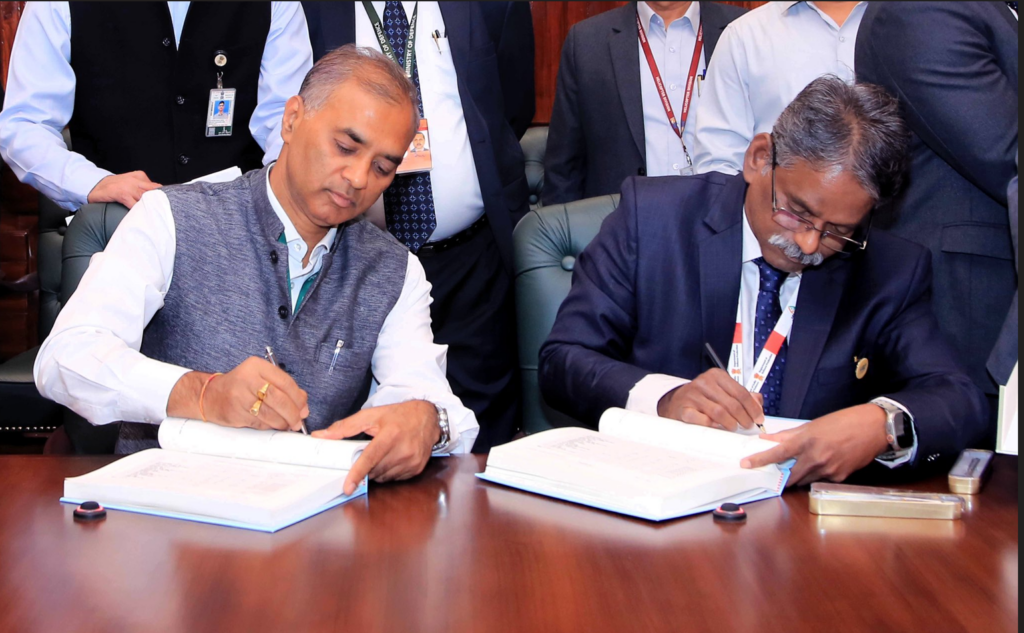Indian MoD Sets Record Greenlighting $18.5 Billion in Defense Procurement Deals
2025 has so far seen India’s Defence Acquisition Council (DAC), led by Defence Minister Rajnath Singh, approve more defense procurement deals than ever before. In the Spring DAC made a decision to approve significant capital acquisition proposals worth Rs 54,000 crore ($6.51 billion), which are planned to modernize and elevate India’s defense capabilities. It also powers the Government’s long-term initiative of promoting local defense production to bring advanced technology to all three defense services. This ₹54,000 crore tranche approved in March 2025 is one of the largest Defence Acquisition Council (DAC) approvals to date for a single batch of proposals. Previous notable DAC approvals include ₹21,772 crore in December 2024 for naval vessels (surface ships, helicopters) and ₹38,900 crore in July 2020 covering diverse equipment under the Aatmanirbhar push . So, this March batch ranks among the top two single‑session green‑lights, second only to the ₹1.05 lakh crore “Buy Indian‑IDDM” approval in July 2025.
Combined, these two tranches account for a staggering ₹1.59 lakh crore ($18.5 billion) in fresh defence acquisition clearances this year alone. The March approvals focused heavily on indigenization, including 1,350 HP engines for T-90 tanks, Varunastra heavyweight torpedoes, and advanced Airborne Early Warning and Control (AEW&C) aircraft systems. The latest July approvals have further pushed that trend. The latest batch of programs greenlit under the 3 July approval of Indian-Indigenously Designed, Developed, and Manufactured systems includes Armored Recovery Vehicles, Electronic Warfare Systems, Integrated Common Inventory Management Systems for the Tri-Services, and Surface-to-Air Missiles, along with moored mines, mine-countermeasure vessels, autonomous underwater platforms, and upgraded naval gun mounts. These projects will not only strengthen India’s operational capabilities but also drive greater self-reliance in critical technologies, such as logistics digitization, electronic warfare, and advanced air defense.[
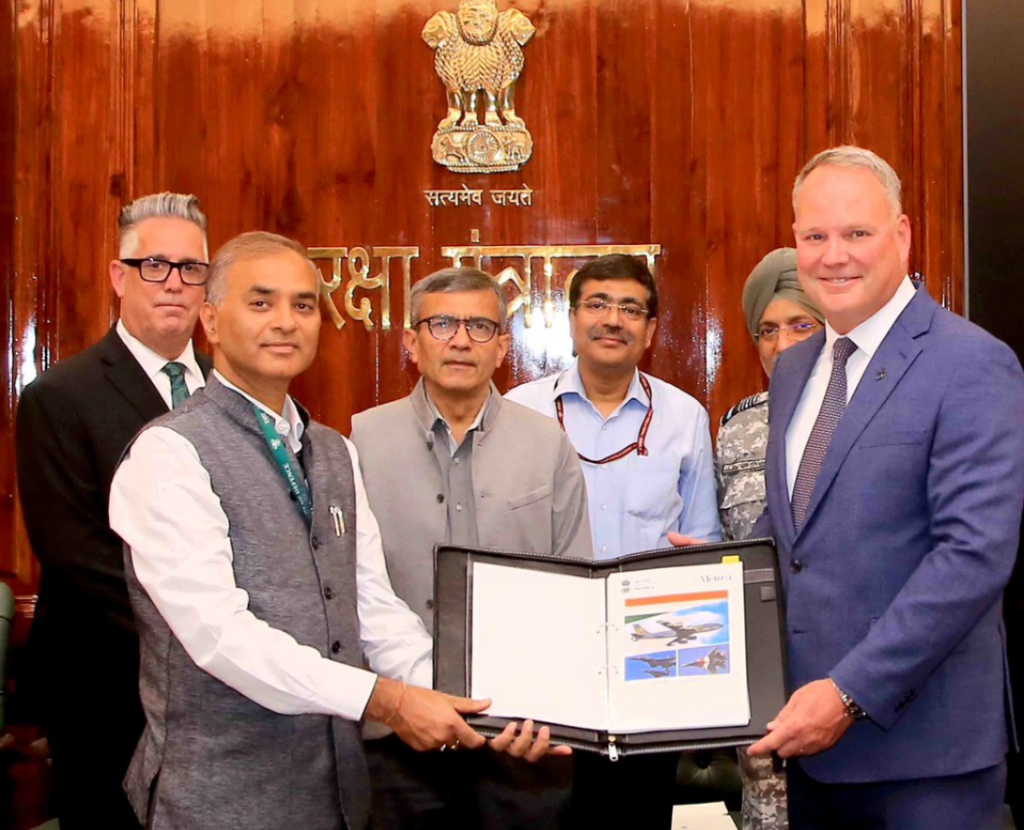
(Via PIB)
Following approval from the DAC, the Indian Army will receive 1,350 HP engines to modernize its T-90 tanks engines. This represents a 35% increase in power over the previously used Russian V‑92S2 diesel engine, producing 1,000 HP. India’s operational readiness in challenging terrains will benefit substantially from this advancement because it improves the T-90 tank’s power-to-weight ratio and mobility(especially in high-altitude, low-oxygen situations like Ladakh), enhancing strategic flexibility and speed of maneuver.
The Indian Navy is set to receive Varunastra anti-submarine torpedoes designed by the Naval Science and Technology Laboratory. The Varunastra is a heavyweight, electrically powered, wire-guided plus acoustic‑homing torpedo developed by DRDO’s NSTL and manufactured by BDL. It can achieve a speed of 40–50 kn (74–93 km/h) and has a range of 40–50 km. It’s India’s first indigenous heavyweight ASW torpedo with >95% local content, offering enhanced targeting accuracy, depth coverage, target tracking in noisy environments, and reduced dependency on imports. Another system greenlit for the Indian Navy are Airborne early warning and control (AEW&C) aircraft systems remain the preferred acquisition choice for the Indian Air Force to boost their aerial surveillance and combat capabilities. The DAC green-light included six Embraer ERJ‑145 aircraft fitted with DRDO’s Indigenous Netra AEW&C (Mk‑1A variant) for the IAF, plus six Mk‑2 AEW&C systems based on second-hand Airbus A‑321 airframes sourced from Air India. This provides a mix of medium and larger AEW&C platforms to improve India’s aerial surveillance and command capabilities.
New Guidelines Mean Faster Procurements
A new set of guidelines approved by the DAC aims to reduce the time capital procurement processes take. The Defense Ministry adopted the move under the ‘Year of Reforms’ initiative aimed at simplifying the acquisition processes and making them more effective and transparent. India performs defense infrastructure development according to the ‘Atmanirbhar Bharat’ initiative aimed at promoting locally manufactured products and lowering material imports from abroad. The government directs its investments to create military technology domestically to protect national security while simultaneously developing the defense sector and generating new employment opportunities.
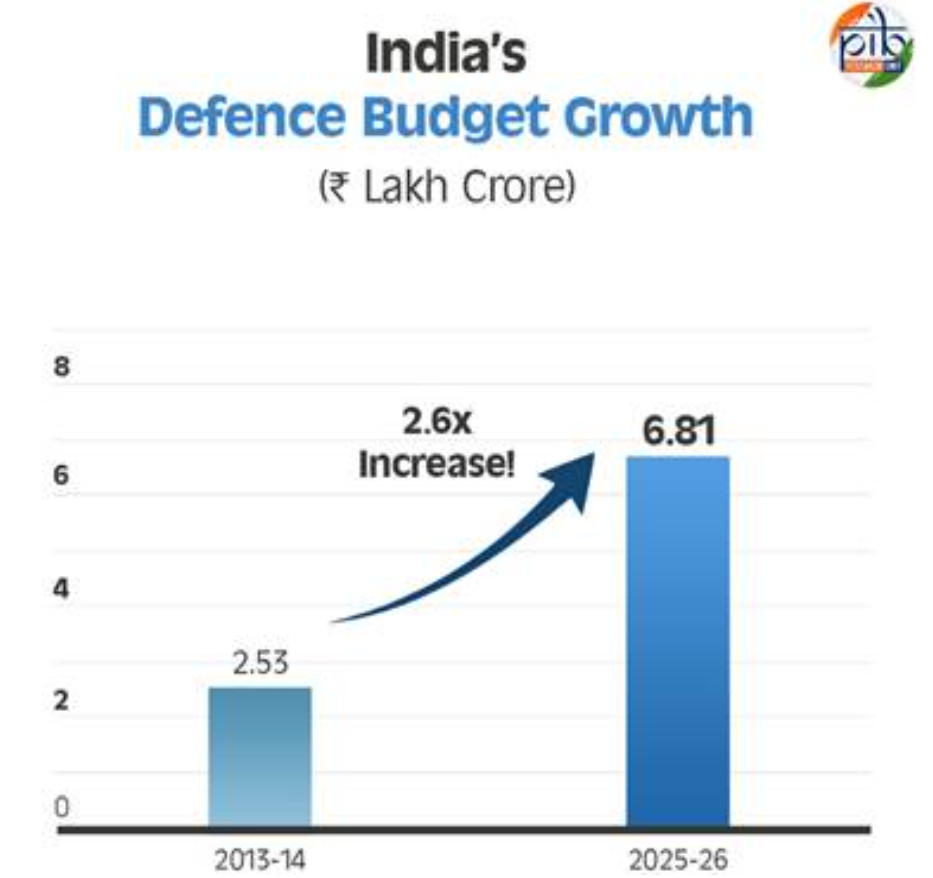
By 2025-26, India aims to reach Defence production of Rs 1.60 lakh crore ($18.7 billion) focusing on advanced capabilities such as observation technologies and artificial intelligence systems. The Indian defense sector aims to build international business ventures worth $3.52 billion through increased defense export revenue exceeding Rs 30,000 crore.
New Helicopters Funded
In addition to the projects greenlit by DAC in Spring, the Indian Ministry of Defence also signed two important contracts worth a further $7.33 billion with Hindustan Aeronautics Limited (HAL) to obtain 156 Prachand Light Combat Helicopters (LCH). The company will provide 66 aircraft to the IAF and 90 helicopters to the Indian Army, this is an acquisition strategy designed to boost the military capabilities of both forces while strengthening India’s self-reliance in defense production. The LCH deal is not part of the ₹54,000 crore DAC package, and it stands as another major procurement initiative. The ₹62,700 crore contract for 156 LCH Prachand helicopters (66 for IAF and 90 for Army), approved by the Cabinet Committee on Security in March 2025, is separate from the March DAC approvals.
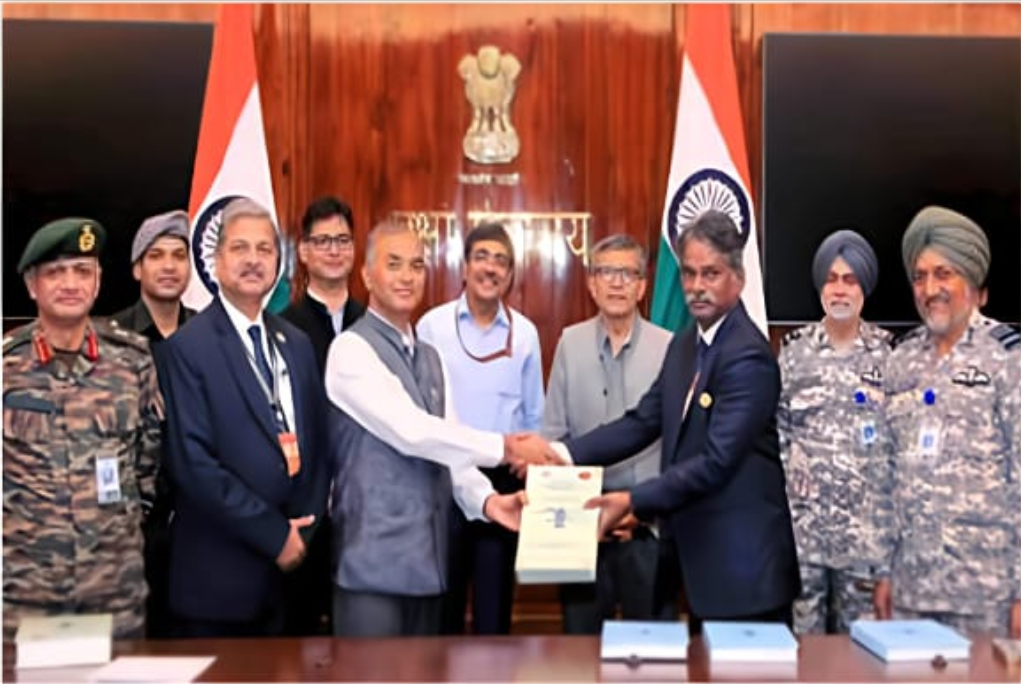
The LCH Prachand combat helicopter is India’s first indigenous aircraft that operates successfully above elevations of 5,000 meters. Engineers plan to boost the use of domestic components for the helicopters to above 65%. The stealth capabilities of the helicopter enhance its combat survivability because of its narrow design, along with diminished radar visibility. The helicopter combines infrared suppression technologies with tornado-resistant landing gear, which compensates for its armor protection.
The LCH helicopter is 15.8 meters in length and 4.7 meters tall, but still maintains powerful performance for optimal maneuverability. An advanced hingeless main rotor and bearingless tail rotor system fitted on the helicopter delivers great agility alongside precise control for high-speed mission operations. Its quick climbing abilities, along with its sharp turning capability, give the helicopter optimal performance in urban warfare and mountainous environments. LCH Prachand obtains superior endurance for combat missions because it incorporates two HAL/Turbomeca Shakti turboshaft engines to power its operations. The Helicopter extends its operational capabilities through its ability to undertake midair refueling sessions. The LCH Prachand provides the defense forces of India with powerful aerial warfare capabilities because it combines multirole functionality with excellent maneuverability features, along with its advanced avionics system. The defense manufacturing industry of India will see significant growth through this project by using 250 local companies, mainly Micro, Small, and Medium Enterprises (MSMEs), and creating more than 8,500 direct employment opportunities and supporting jobs.
New Air-To-Air Refueling Capability
In addition to the LCH deal the Ministry of Defense signed agreements with Metrea Management to get a Flight Refuelling Aircraft (FRA) through a wet lease – providing aircraft and support. This FRA wet lease is not a completely new capability for India because the IAF already operates aerial refueling tankers (Il-78MKI). It’s a temporary enhancement to strengthen refueling capability and provide training while India decides on new tankers to replace the older Il-78s. Indian Air Force pilots, together with Indian Navy pilots, will receive air-refueling instruction through this program. Metrea has agreed to provide a KC-135 aircraft within six months, according to the terms of the first FRA wet lease for the Indian Air Force. The initiative improves military readiness through training capabilities and operational preparedness, thus enhancing the aerial support capabilities for fighter jets, together with all aircraft in Indian service. This procurement agreement represents a major achievement for Indian defense acquisition because it ranks as one of the biggest deals for locally manufactured military equipment and demonstrates India’s dedication to automotive defense production and improved military capabilities.
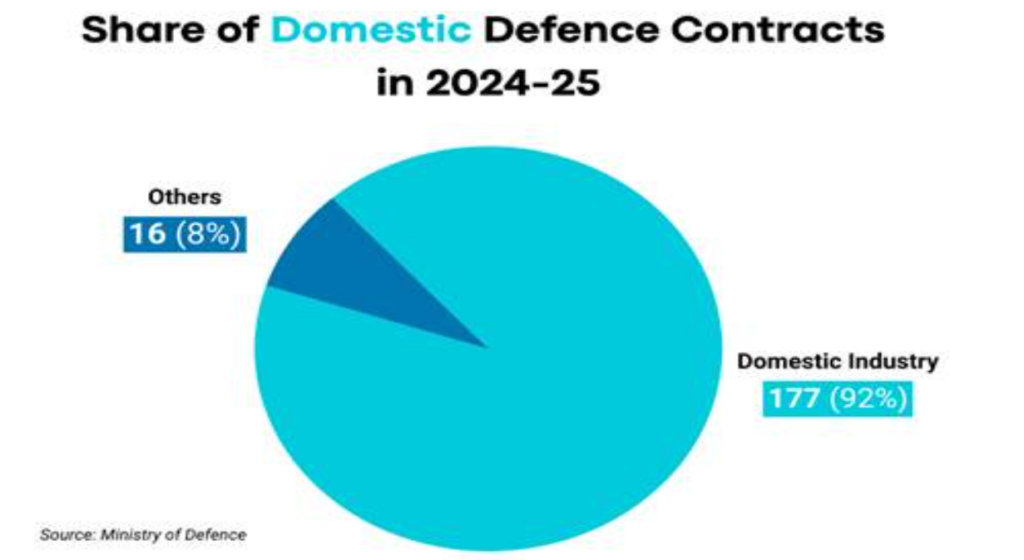
Three new defense contracts bring the Ministry of Defence to a total of 193 agreements in the 2024-25 financial year, with a combined value of ₹2,09,050 crore ($24.59 billion). The new defense procurement value now represents the highest total defense expenditure in India’s history, surpassing the former record by nearly double. Indian defense companies secured 177 contracts, which made up 92% of all contracts and surpassed the ₹1,68,922 crore (81%) of total contract value. The defense industry has achieved new heights in Indian defense capabilities because of national initiatives focused on defense self-sufficiency and native military hardware advancement.

